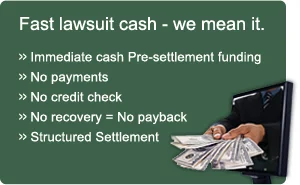The Batter Struck a Line Drive Killing One
It was a good baseball game with amazing line drives as the highlight. Tragically, that night, the pitcher who served up one of the smoking pitches that produced a line drive, died of head injuries.
It was 2003; Brandon Patch was just 18-years old and a promising pitcher. He sent a really nasty fastball to the batter; the batter turned on it, sending a “too hot to touch” streaking ball right back to the mound. The line drive hit Brandon in the head and knocked him flat; he was dead by nightfall.
It wasn’t until 2009, six long years later, that a jury in Montana awarded Brandon’s family $850,000 for his pain and suffering and lost potential earnings. The jury found that the maker of the Louisville Slugger aluminum bat that cracked the ball into Brandon’s head had not properly warned consumers about the dangers of their product. Brandon’s mother felt the bat should have a warning label. The question becomes just what kind of a warning label would that be?
While not discounting the verdict in any way, or the family’s tremendous loss, it is doubtful bats will have warning labels attached to them anytime soon. Louisville Slugger would argue that some things are so obvious that there is no need to warn anyone about them. The risk is that a jury may see things differently, as the manufacturers of the bat, Hillerich & Bradsby found out the hard way.
This type of case has legal ramifications for small businesses; making safe products should be a high priority because, according to Jury Verdict Research, the largest database of personal injury claim verdicts in the U.S., 50% of those who sue for injuries caused by a defective product received a jury award close to $1.9 million.
The Patch case took six difficult years to settle, leaving his family to try and cope with the burden of all the bills. It wasn’t just legal bills that concerned the family, but the other significant expenditures they faced on an ongoing basis: mortgage, food, tuition, and counseling to deal with their son’s sudden death.
The Patch family may have been eligible for lawsuit funding by making one quick phone call. Litigation funding is non-recourse financing, which means if they had lost their case, they would not need to pay any of the money back. A win would mean they’d pay the lawsuit cash advance and risk-adjusted profit back. Given the six year wait, this funding may have helped them through some really rough times and allowed them to stay the course to an equitable settlement.
Daren Monroe writes for Litigation Funding Corp. To learn more about lawsuit funding and litigation funding, visit Litigationfundingcorp.com.
Tags: lawsuit financing, lawsuit funding, lawsuit settlement funding, litigation financing, litigation funding




